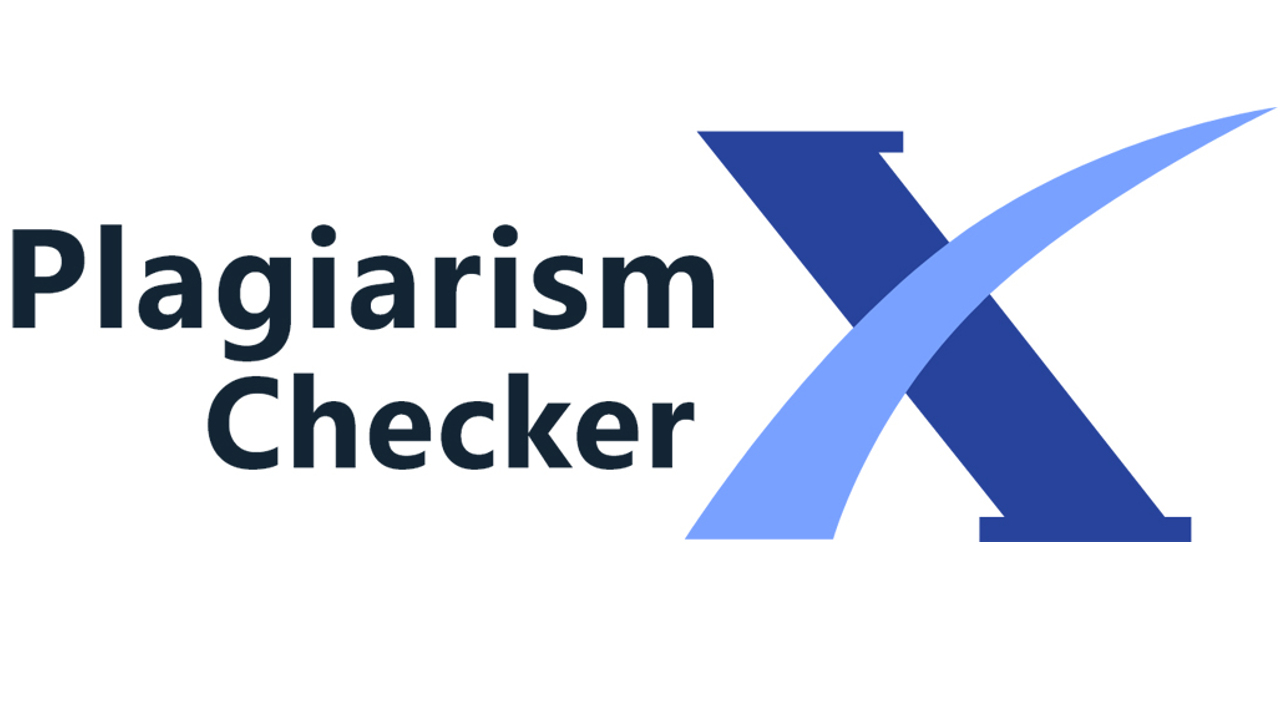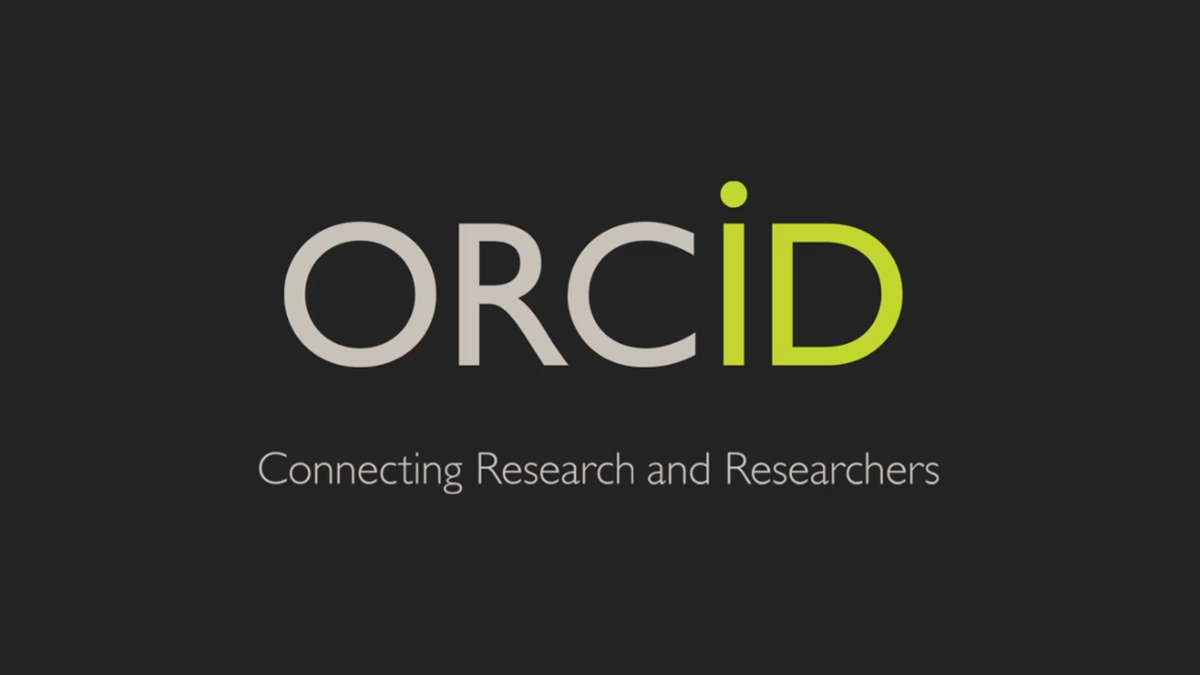IMPLEMENTASI ALGORITMA FUZZY PADA SISTEM KONTROL AQUAPONIK PADI
DOI:
https://doi.org/10.54757/fs.v14i2.580Keywords:
Aquaponics, ESP-32, Fuzzy, Internet of Things, MonitoringAbstract
Aquaponics is an agricultural system that combines fish and plant cultivation in one closed system. In an aquaponics system, the water used for fish cultivation is also used to irrigate plants with rice aquaponics as one example. However, monitoring and controlling aquaponic systems is still done manually, which has many shortcomings, including requiring a relatively long time and accuracy that is not guaranteed, especially in large-scale aquaponics management. Implementing the fuzzy algorithm in the rice aquaponics control system aims to make it easier for farmers to monitor the condition of the rice and control the water change system in the pond in real time via the Blynk application on their smartphone. This system combines ESP-32 technology, fuzzy algorithms, and the Internet of Things (IoT) to monitor and control the rice aquaponics system. The results of data collection from the implementation of the fuzzy algorithm in the rice aquaponics control system show that the tool functions well. This tool can monitor the condition of rice and control the water change system in the pond in real time using the Blynk application. The level of accuracy of implementing the fuzzy algorithm for monitoring rice conditions was 99.61% and the accuracy of implementing the fuzzy algorithm for pump control of the water change system was 98.95%.
References
Achmad andi nur Alfiansah, A. K. (2021). Rancang Bangun Alat Pengontrolan Rancang Bangun Alat Pengontrolan. prosiding SNp2m Umaha.
Akbar, A. R. (2022). Perbandingan Kinerja Pengedalian Frekuensi Beban Menggunakan Flow Valve Control (FWC) Berbasis FUZZY-PI Dengan Electronic Load Controller (ELC) Pada PLTMH (Doctoral dissertation, Universitas Muhammadiyah Malang).
Ayun, Q., Kurniawan, S., & Saputro, W. A. (2020). Perkembangan konversi lahan pertanian di bagian negara agraris. Vigor: Jurnal Ilmu Pertanian Tropika Dan Subtropika, 5(2), 38-44.
Ekocahya, M. R. (2016). Rancang Bangun Pengaturan Katup Aliran Debit Air (Water Flow Control) Pada Pembangkit Listrik Tenaga Mikrohidro (PLTMH) Berbasis Fuzzy Logic Control.
Heru Purwanto, M. R. (2019). Komparasi Sensor Ultrasonik HC-SR04 Dan JSN-SR04T Untuk Apikasi Sistem Deteksi Ketinggian Air. Jurnal SIMETRIS.
Imran, A., & Rasul, M. (2020). Pengembangan tempat sampah pintar menggunakan esp32. J. Media Elektr, 17(2), 2721-9100.
Kesuma, B. C. J., Tibyani, T., & Ichsan, M. H. H. (2018). Implementasi metode fuzzy pada akuaponik deep water culture berdasarkan derajat keasaman dan ketinggian air. Jurnal Pengembangan Teknologi Informasi dan Ilmu Komputer, 2(11), 5192-5200.
Kusumadewi, S., & Purnomo, H. (2010). Aplikasi Logika Fuzzy untuk pendukung keputusan. Yogyakarta: Graha Ilmu, 2.
Kuswinta, A. J., & Arimbawa, I. W. A. (2019). Implementasi IoT cerdas berbasis inference fuzzy Tsukamoto pada pemantauan kadar pH dan ketinggian air dalam akuaponik. Journal of Computer Science and Informatics Engineering (J-Cosine), 3(1), 65-74.
Prasetiyo, I. B., Riadi, A. A., & Chamid, A. A. (2021). Perancangan Smart Aquarium Menggunakan Sensor Turbidity Dan Sensor Ultrasonik Pada Akuarium Ikan Air Tawar Berbasis Arduino Uno. Jurnal Teknologi, 13(2), 193-200.
Puspita, E. S., & Yulianti, L. (2016). Perancangan sistem peramalan cuaca berbasis logika fuzzy. Jurnal Media Infotama, 12(1).
Riskiono, S. D., Pamungkas, R. H. S., & Arya, Y. (2020). Rancang Bangun Sistem Penyiraman Tanaman Sayur Berbasis Arduino Dengan Sensor Kelembaban Tanah. Jurnal Ilmiah Mahasiswa Kendali dan Listrik, 1(1), 23-32.
Rozie, F., Syarif, I., Al Rasyid, M. U. H., & Satriyanto, E. (2021). Sistem Akuaponik untuk Peternakan Lele dan Tanaman Kangkung Hidroponik Berbasis IoT dan Sistem Inferensi Fuzzy. J. Teknol. Inf. dan Ilmu Komput, 8(1), 157.
Setiawan, A. (2020). Perancangan Sistem Monitoring Air Sawah Menggunakan Konsep Internet Of Things Berbasis Android. fak.teknologi informatika UTY.
Downloads
Published
How to Cite
Issue
Section
License
Copyright (c) 2024 Ibnu Kahfi, Rizana Fauzi, Tan Suryani Sollu, Alamsyah Alamsyah

This work is licensed under a Creative Commons Attribution 4.0 International License.








 This work is licensed under a
This work is licensed under a 



